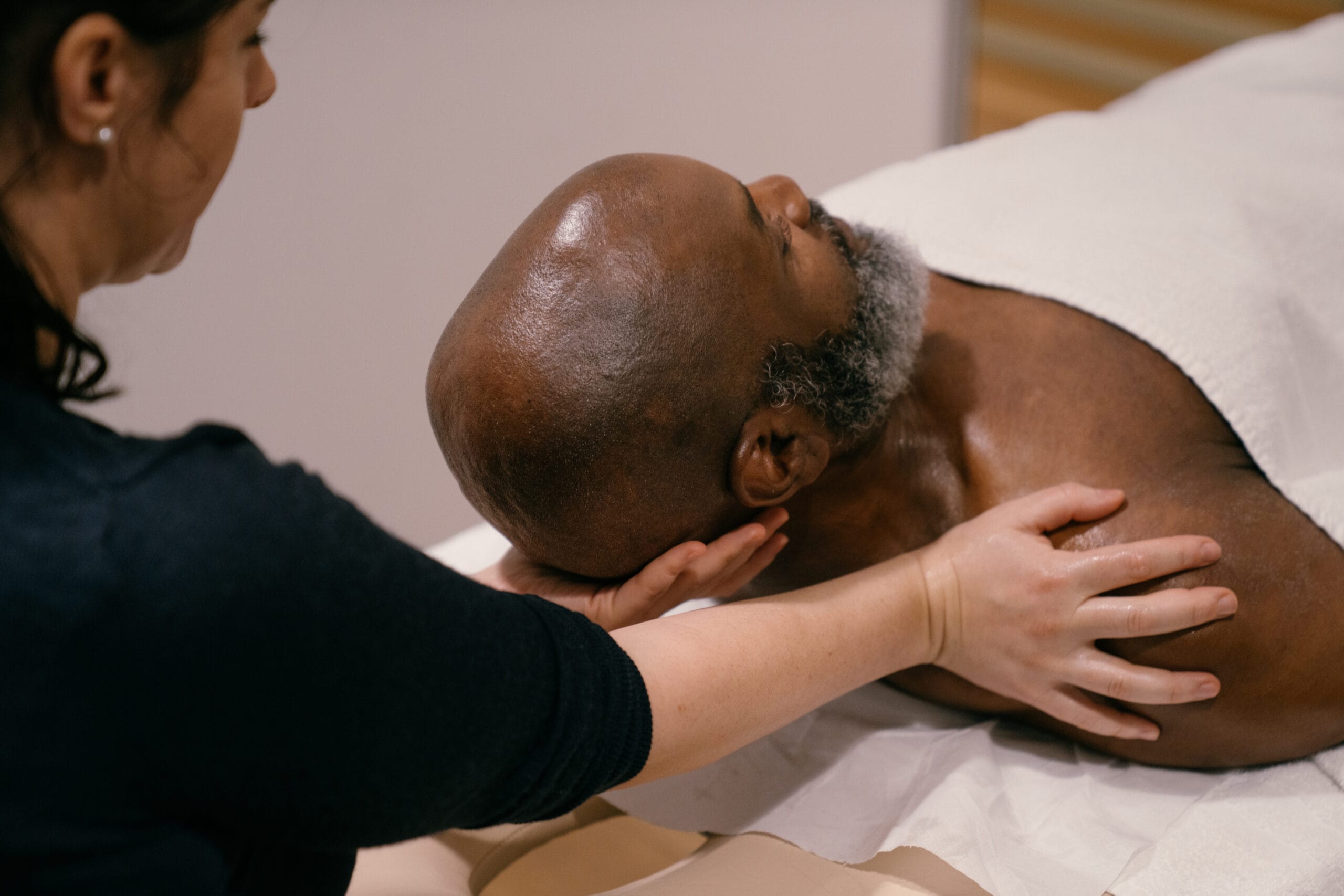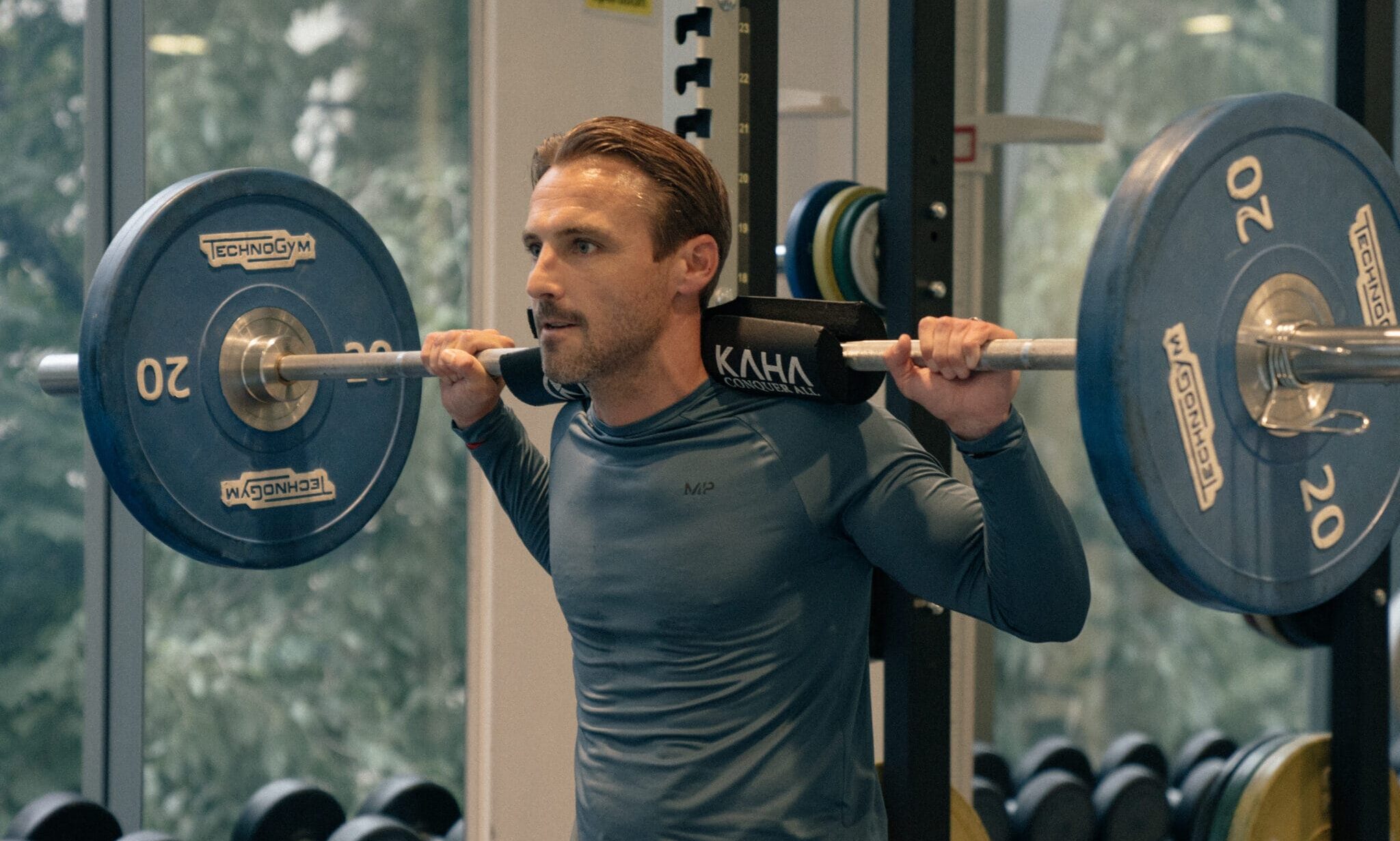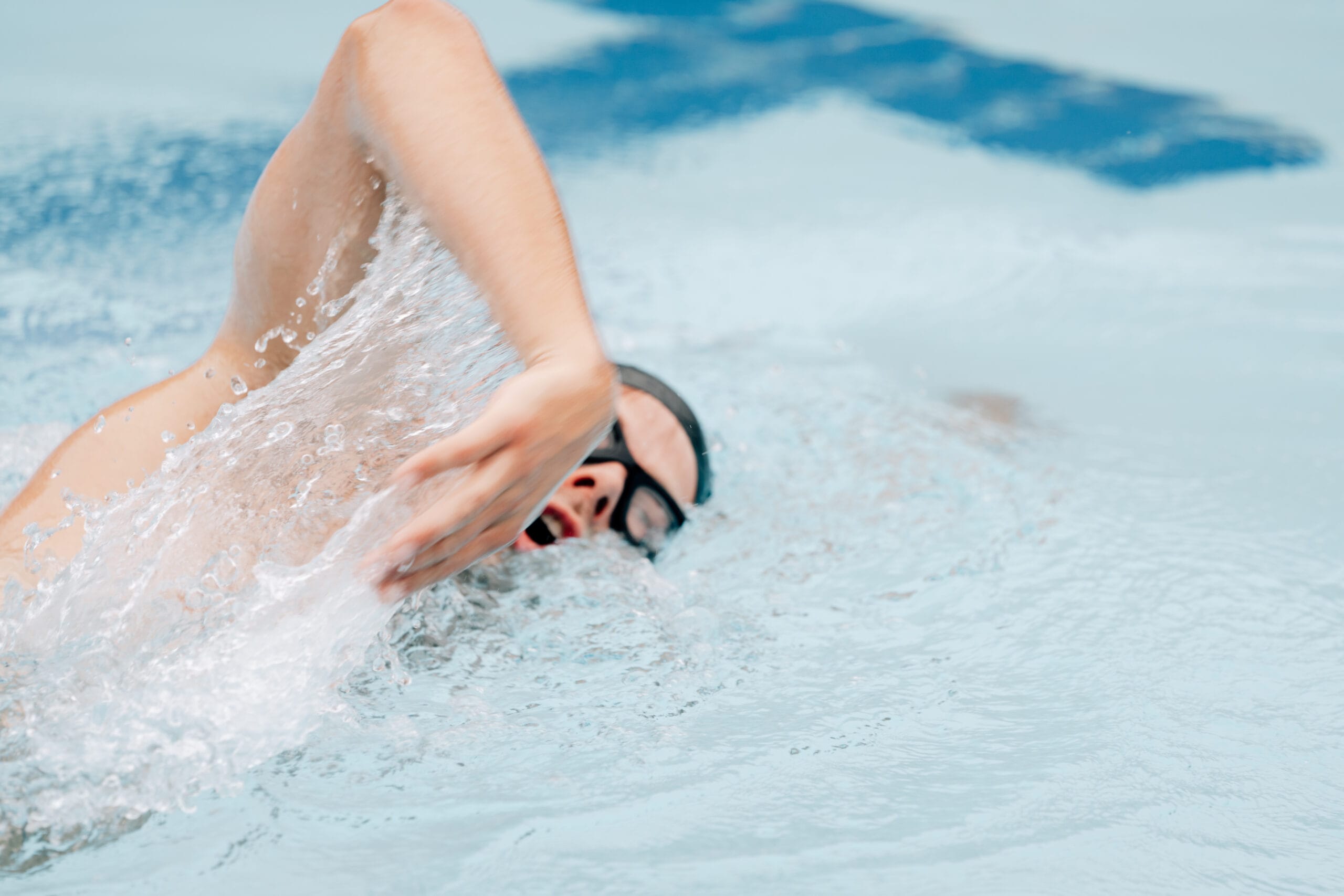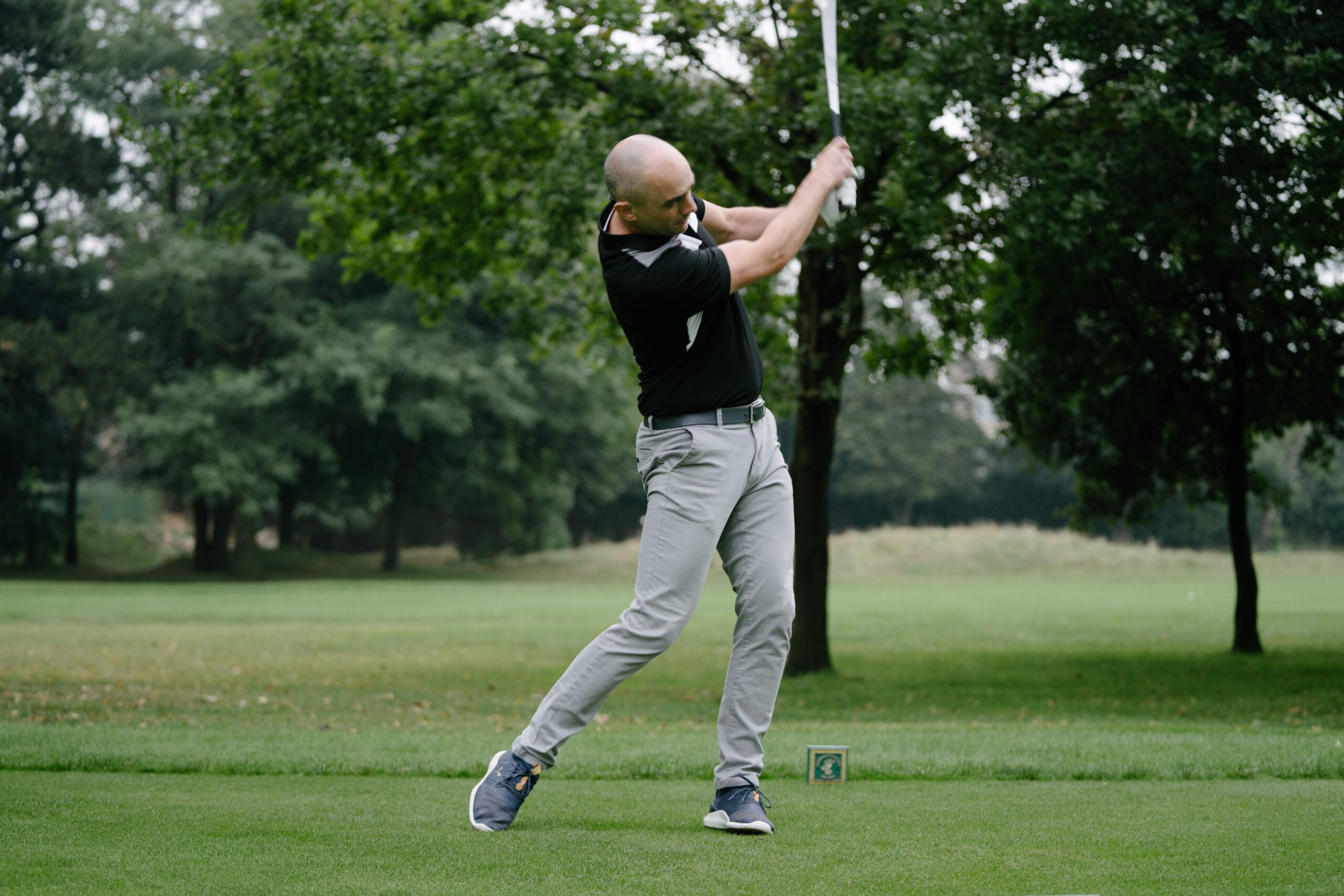Concussion Prevention Through Strengthening, Can It Work?

Dr Theo Farley
Physiotherapist
- 26 May, 2018
- Strength & Conditioning
- Concussion Clinic
- 5 min read
Concussion Prevention Through Strengthening, Can It Work?
Welcome again to The Concussion Blog. In this, the 4th blog, we’re going to look at some preventative interventions, most particularly neck strengthening and stability work.
This week, we’ll focus on a paper by Collins et al. (2014), who had three objectives within their study:
- To establish a cost effective and reliable method of measuring neck flexion, extension and side flexion strength
- to establish whether the handheld tension scale (described later) could be reliably utilised in the high school setting (we won’t concern ourselves too much with this)
- to determine whether anthropometric measures of neck strength, head to neck ratio, neck length and neck circumference can be considered as independent risk factors for concussion
Collins CL, Fletcher EN, Fields SK, Kluchurosky L, Rohrkemper MK, Comstock RD, Cantu RC.Neck strength: a protective factor reducing risk for concussion in high school sports. J Prim Prev. 2014 Oct;35(5):309-19.
There is a lot of emphasis placed on the identification of concussion and RTP strategies, but so far, preventative strategies have been more elusive. Helmet improvements have been considered for some sports, but these have been unsuccessful in reducing concussion rates, and rule changes have been proposed but are often met with resistance. The only successful method of prevention that has been considered so far is neck strengthening, but which athletes are at risk, how do we cut that risk, and can we justify added gym interventions to coaching and managerial staff?
Collins and his team approached their study in two phases. The first phase was the examination of 16 adult male and female subjects by five athletic trainers to establish the between method reliability of the hand held dynamometer (current gold standard) and a hand held tension scale (effectively a measuring device with a s-hook for taking the weight of your luggage). The mean of two trials for flexion, extension and left and right lateral flexion was recorded.
In the second phase, high school 6662 students over two seasons from 51 schools were recorded for head and neck circumference, neck length and four measures of strength (flexion, extension and right and left lateral flexion). Male and female athletes participating in lacrosse, basketball and football (Football Association rules) were recorded at the start of their respective seasons using a cloth measuring tape and the tension scale apparatus developed in phase one. This sample of student athletes was then prospectively monitored for concussion using a pre existing study, the High School RIO™ observational study.
Each anthropometric measure was evaluated as a possible predictor for concussion risk, with a magnitude of association assessed by the odds ratio and related 95% confidence interval. Means were reported with standard deviation.

Results
Looking at phase one, the correlation between handheld dynamometer and tension scale measurement was surprisingly good, with a correlation range between 0.83 and 0.94 for all four neck strength measures. Looking at the inter-tester reliability for the tension scale measurement, 75% were correlated over 80%. This is compared to one study looking at the inter-rater reliability of the hand held dynamometer that found an average inter-rater reliability of above 97% (2)
All four neck strength measures were strongly associated with one another in male and female athletes (0.87-0.97 and 0.89-0.97, respectively); however, there was no link found between other anthropometric measures or, surprisingly, these measures and neck strength. So, there was no correlation between neck circumference and neck strength.
Now on to the results that most practitioners will be concerned with- Of the 6662 athletes taking part in the study, 179 (107 females and 72 males) were diagnosed with concussion, with a rate of 2.5 concussions per 1000 athletic exposures in males and 4.9 per 1000 in females. Football was the sport with the highest incidence.
Analysis of concussed athletes revealed that they had smaller mean neck circumferences and crucially lower mean overall neck strength. Neck length and smaller mean neck to head circumference ratios were not predictors of concussion.
Here comes the headline: After adjustment for sport and gender, for every one pound increase in neck strength, the odds of concussion decreased by 5 % (OR = 0.95, 95 % CI 0.92–0.98). This is a hugely significant figure and goes a long way to justify intervention for neck strengthening in concussion prevention.
The authors acknowledge that this study design was far from perfect. This was a multi-site study that relied on unblinded athletic trainers to record data on their own strength assessments as well as submit data on concussion rates related to anthropometric measures. Furthermore, although the sports included were chosen due to their high concussion rates, football, lacrosse, and basketball players don’t take the same levels of impact that may be experienced by rugby or American football players.
Limitations aside, I think that this study does provide, using strong population numbers, a clear picture of the correlation between concussion risk and anthropometric and neck strength measures. This study confirms what most clinicians would have suspected, that an increase in neck strength and girth will reduce the risk of concussion in non impact and impact athletes. We know that women and children are at greater risk of concussion which may be explained in part by their naturally lower neck strength and girth in comparison to men(4) Stronger muscles are not only capable of generating greater absolute force values, but have a greater cross-sectional area, greater tensile stiffness at a given activation level, and generate torque more rapidly than weaker muscles(1). Viano et al found that professional football players with stiffer necks reduce translational head displacement, velocity, and acceleration.
In a lot of concussions, that’s what it’s all about- head displacement. The thinking behind the mechanism of injury is that there is a mechanical shake of the brain, often caused by rapid acceleration/deceleration of the head. As we know, the brain is smaller than the inside of the skull, which leads to it knocking against the skull at varying levels of force. In vivo impact sensing systems have shown that the lowest recorded magnitude of linear acceleration causing a concussion is 31.8g, with most concussions occurring between 90 and 150g(3).
All of this suggests why having a smaller neck girth and lower mean neck strength (especially in lateral flexion ranges) will lead to increased concussion risk, and subsequently why having an increase in strength will attenuate the linear acceleration and reduce brain impact within the skull.
The next step that we need to take is to ensure that all of our athletes are undertaking a comprehensive neck strength programme. This is happening in many ‘high risk’ sports such as rugby; however, it may not be as commonplace in many others.

References
- Eckner JT, Oh YK, Joshi MS, Richardson JK, Ashton-Miller JA. Effect of neck muscle strength and anticipatory cervical muscle activation on the kinematic response of the head to impulsive loads. Am J Sports Med. 2014 Mar;42(3):566-76.
- Larson CA, Tezak WD, Malley MS, Thornton W. Assessment of postural muscle strength in sitting: reliability of measures obtained with hand-held dynamometry in individuals with spinal cord injury. Neurol Phys Ther. 2010 Mar;34(1):24-31
- Mihalik JP, Blackburn JT, Greenwald RM, Cantu RC, Marshall SW, Guskiewicz KM. Collision type and player anticipation affect head impact severity among youth ice hockey players. Pediatrics. 2010; 125(6):e1394–1401.
- Staudte HW, Duhr N. Age- and sex-dependent force-related function of the cervical spine. Eur Spine J. 1994; 3(3):155–161.
- Viano DC, Casson IR, Pellman EJ. Concussion in professional football: biomechanics of the struck player–part 14. Neurosurgery. 2007; 61(2):313–327.

Advice
Over the last 20+ years our experts have helped more than 100,000 patients, but we don’t stop there. We also like to share our knowledge and insight to help people lead healthier lives, and here you will find our extensive library of advice on a variety of topics to help you do the same.
OUR ADVICE HUBS See all Advice Hubs

